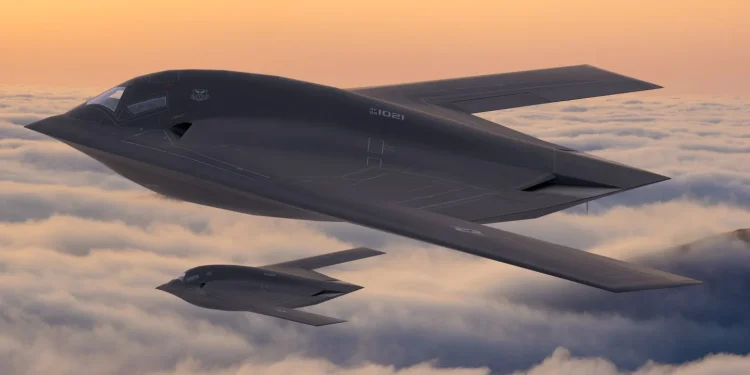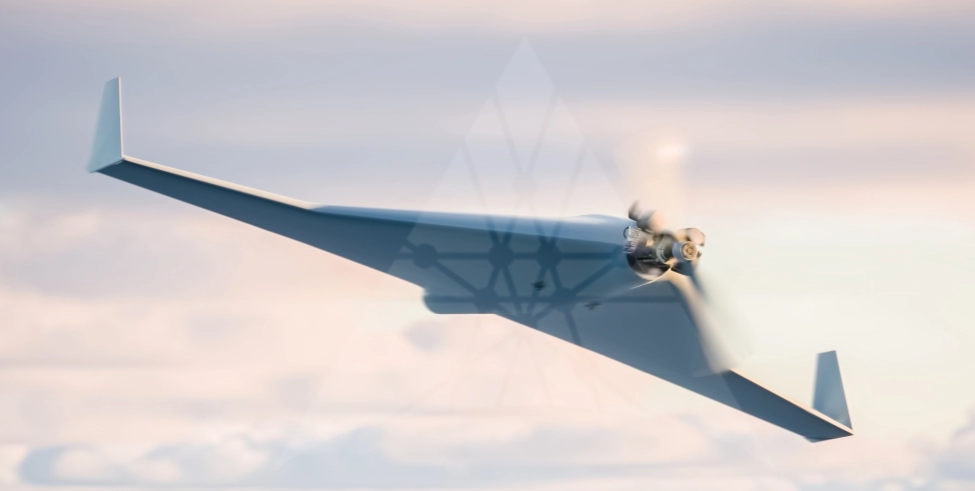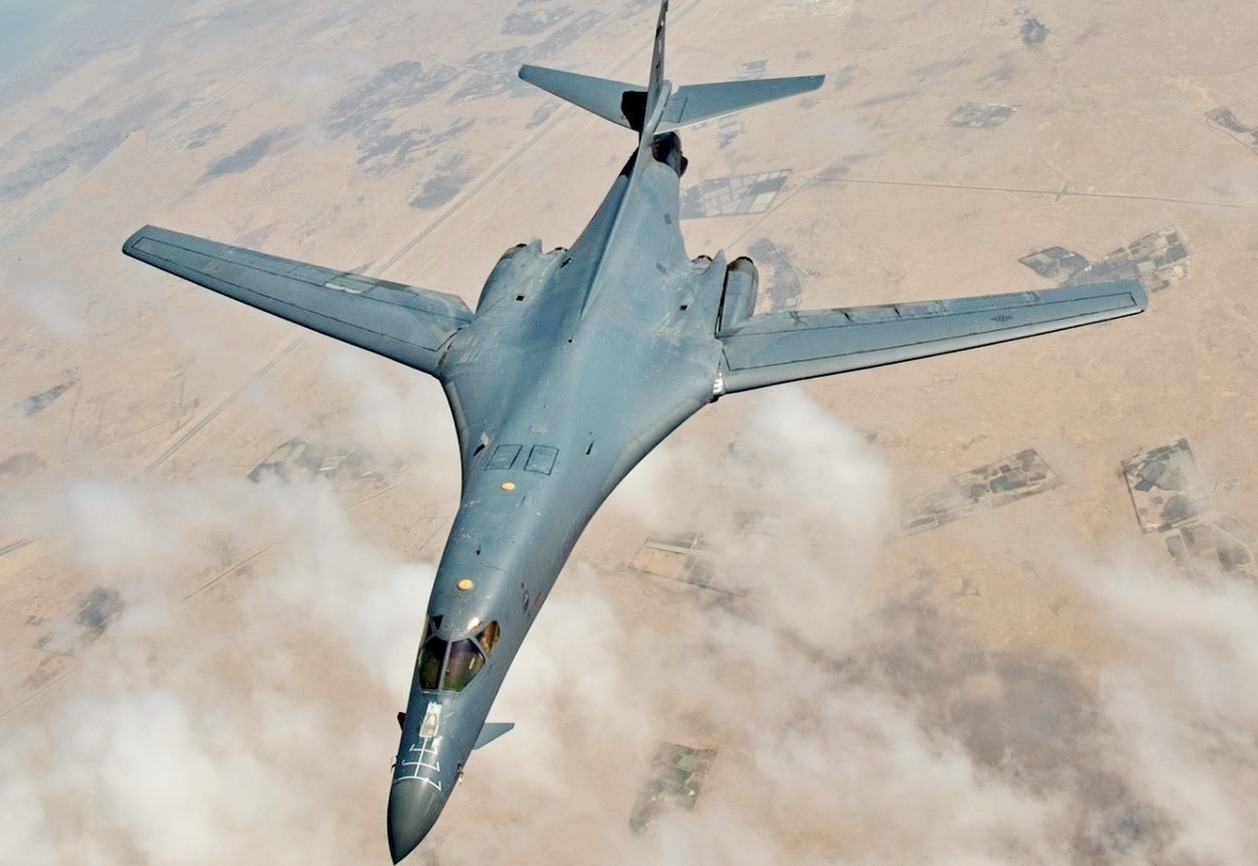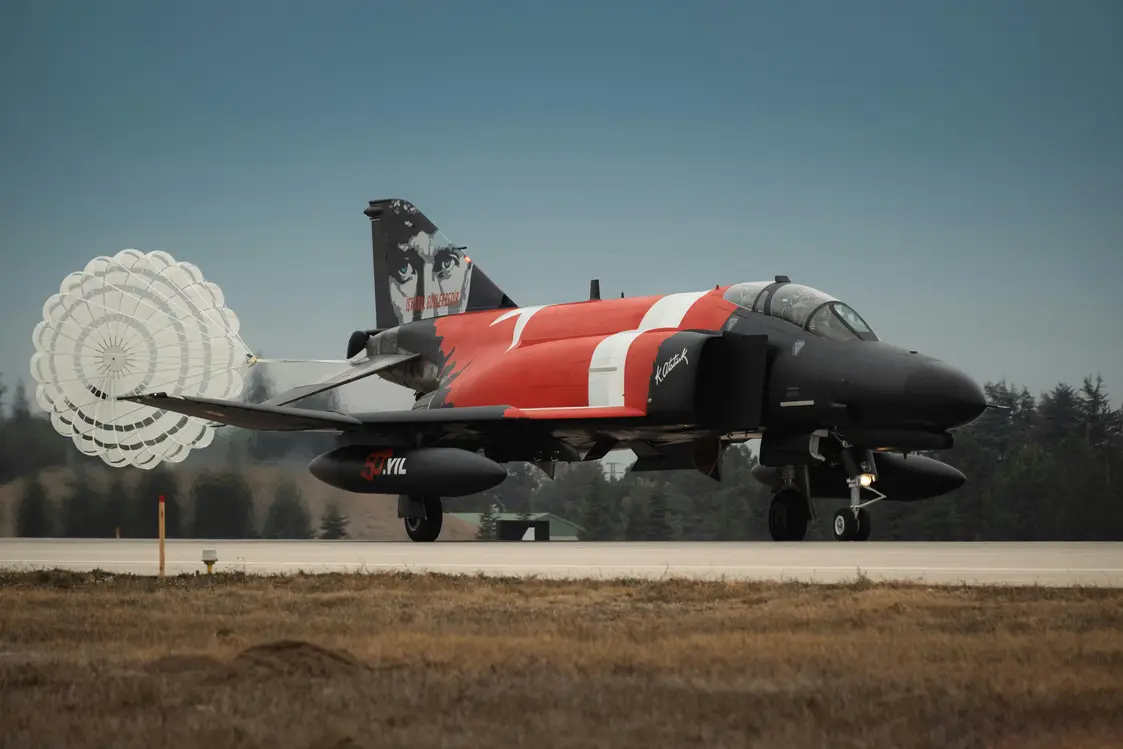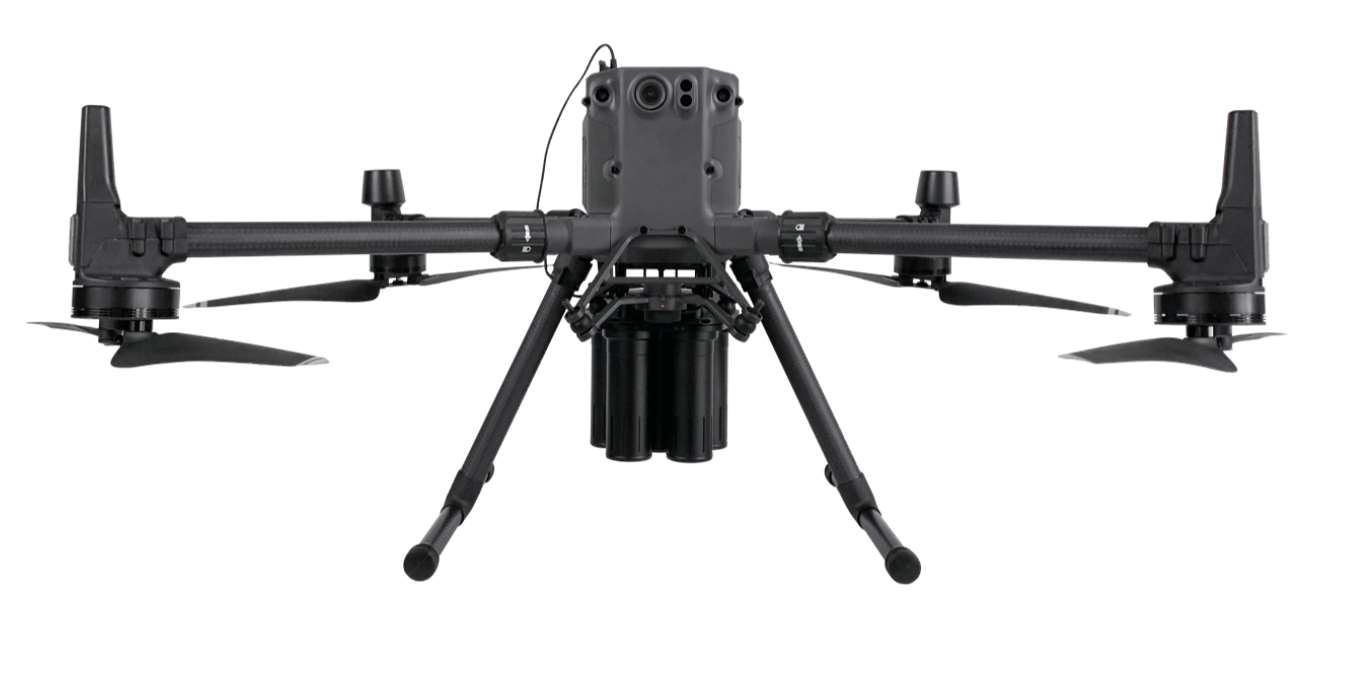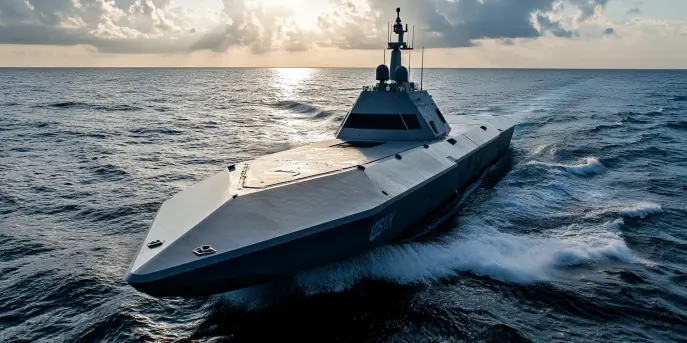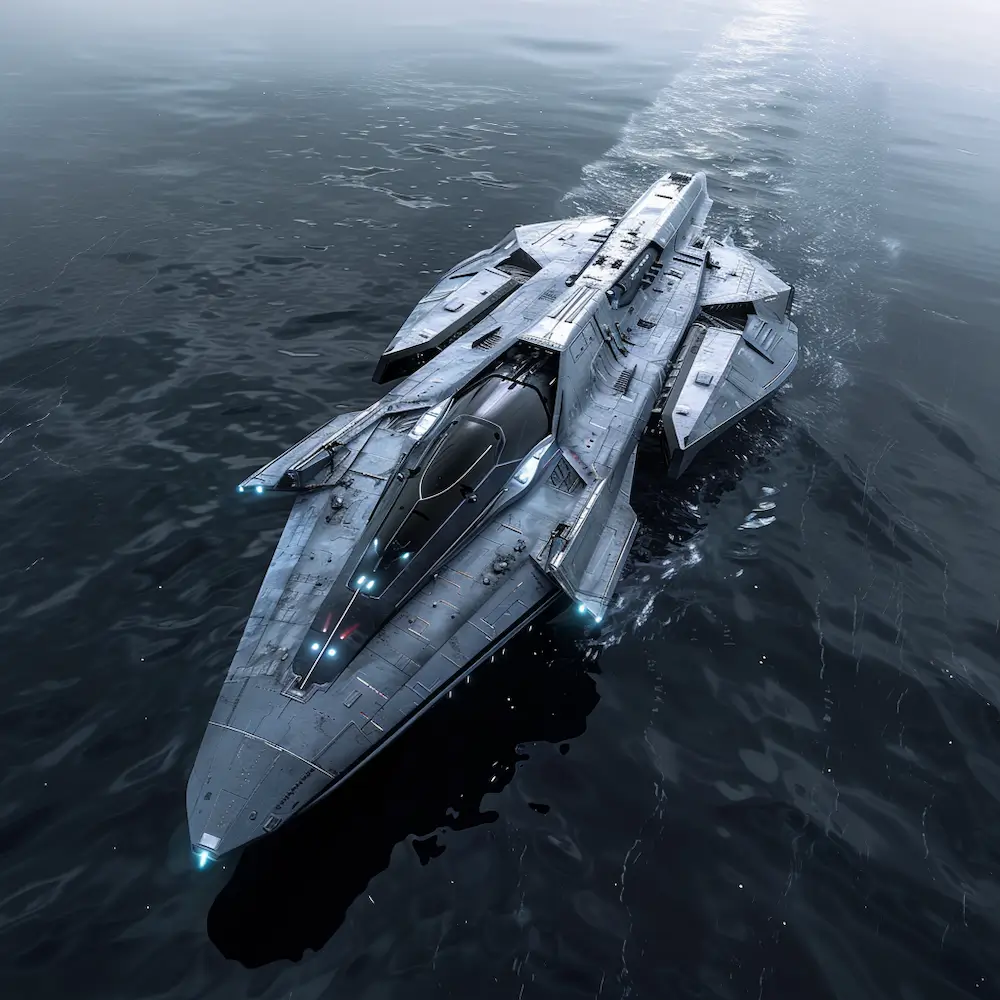The development of sixth-generation stealth bombers signifies a paradigm shift in aerial warfare, pushing the boundaries of stealth, speed, and technology integration. Among the leaders in this race is the United States with its B-21 Raider, a formidable aircraft designed to replace its aging fleet. However, many other countries are also developing their own versions, aiming to enhance their strategic capabilities. In this article, we delve into the features of the B-21 Raider and compare it with other contenders on the global stage.
B-21 Raider: A New Chapter in Stealth
The B-21 Raider, developed by Northrop Grumman, is the United States’ latest addition to its arsenal, and it’s expected to build upon the legacy of the B-2 Spirit stealth bomber. The Raider is poised to be a cornerstone of the U.S. Air Force’s bomber fleet, designed to perform deterrence missions across the globe.
Key Features of the B-21 Raider:
- Stealth Capabilities: Enhanced stealth technology making it less visible to enemy radar.
- Versatility: Designed to perform both conventional and nuclear missions.
- Range and Payload: Capable of deep strike missions globally with a significant payload.
- Technological Integration: Incorporates advanced networking and sensor systems for improved situational awareness.
Global Sixth-Generation Contenders
Countries like China, Russia, and the EU have not been idle, pouring resources into their own stealth bomber programs. Though specific details are often obscured by secrecy, some information has surfaced.
China’s H-20 Stealth Bomber
China’s Xian H-20 is a significant step forward in its quest for nuclear capability and power projection. While specific details remain classified, a few characteristics are rumored:
- Stealth Design: B-2-esque flying wing design that reduces radar cross-section.
- Extended Range: Designed to reach second island chain and beyond.
- Payload Capacity: Assumed to carry both nuclear and conventional payloads.
- Technological Edge: High-end avionics and electronic warfare systems.
Russia’s PAK DA Project
Russia’s stealth bomber initiative, known as the PAK DA, is a project intended to deliver a long-range, stealthy bomber by the 2030s. Though much about the PAK DA remains under wraps, here are some speculated features:
- Design Philosophy: Subsonic flying wing to maximize stealth.
- Electronic Warfare: Advanced electronic interference systems to counter enemy defenses.
- Range and Payload: Predicted to have long-range capabilities supporting versatile payload options.
EU’s Future Bomber Endeavor
The European Union, through various member states, is exploring options for a sixth-generation bomber that can integrate into the rapidly evolving Future Combat Air System (FCAS). Details about specific designs remain abstract, but potential specifications suggest:
- Collaborative Design: Developed in partnership among major defense contractors in member states.
- Platform Modularity: Capable of adapting to multiple types of missions beyond strategic bombing.
- Advanced Stealth and Sensors: State-of-the-art radar evasion and OEW systems.
B-21 Raider vs. Global Competitors: Comparative Specs
Based on the available data, here’s a speculative comparison table illustrating the features that differentiate these next-generation bombers. Note that actual specifications may vary, as these aircraft are still under development:
| Feature | B-21 Raider | H-20 (China) | PAK DA (Russia) | EU’s FCAS |
|---|---|---|---|---|
| Stealth Capability | Advanced | Advanced | Advanced | Advanced |
| Range | Global | Intercontinental | Intercontinental | Unknown |
| Maximum Payload | Significant | Substantial | Substantial | Substantial |
| Maintenance and Upgradability | Modular | Unknown | Unknown | Modular |
The Strategic Shift
The move towards sixth-generation bombers reflects not only advancements in technology but also the shifting dynamics of global power. Air forces globally are recognizing the need for multi-role aircraft that not only excel in traditional combat roles but also in a holistic air dominance strategy.
This need drives the prioritization of stealth, extensive range, and advanced electronic systems. Moreover, these bombers serve as a deterrence, a vital component in maintaining a strategic upper hand in potential global conflicts.
Overall, while the B-21 Raider leads in visibility due to the transparency of the U.S. defense program, international competitors are steadily developing aircraft that could alter the balance of power. It remains to be seen which nation will first field their next-generation bomber, but the race continues to intensify, marked by innovation and strategic foresight.
